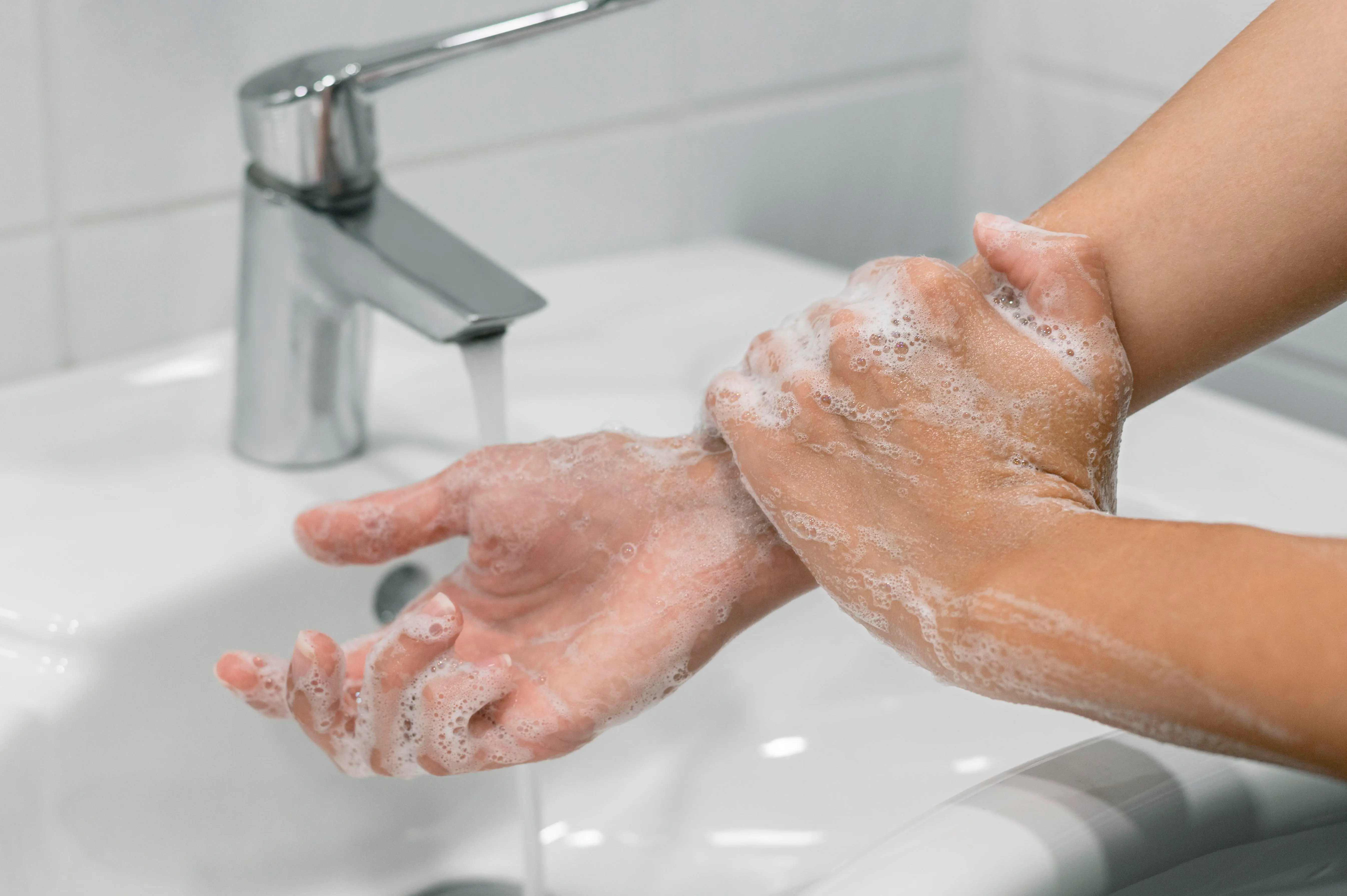
For individuals with kidney failure or chronic kidney disease, dialysis is a type of renal replacement therapy that helps remove waste and excess fluids from the body. Peritoneal dialysis (PD) is one such therapy, which offers patients more flexibility and control over their treatment.
A crucial aspect of successful peritoneal dialysis is the proper placement of the peritoneal dialysis catheter and its subsequent hygiene and care after surgery. In this blog, we will explore the details of peritoneal dialysis catheter placement and post-surgery care.
Peritoneal Dialysis Catheter Placement

Before placing the peritoneal dialysis catheter, your doctor will conduct a few tests to ensure if peritoneal dialysis is suitable for you. Once the decision to proceed with PD therapy is taken, they will discuss the procedure with you, answer your questions, and obtain your informed consent.
Typically, the catheter is placed via the abdominal wall into the peritoneal cavity. The choice of catheter depends on your specific medical needs and your doctor’s recommendation. The catheter is required to be positioned properly within the peritoneal cavity to ensure optimal dialysis fluid distribution. The catheter exits the abdomen through an exit site and is secured in place with a dressing. The exit site should be regularly cleaned and maintained to prevent infection.
How to Care for Your PD Catheter
After the peritoneal dialysis catheter placement, proper care and maintenance are crucial to prevent complications and ensure the success of your treatment. Here are some essential tips for hygiene and care:
Follow Your Doctor’s Instructions: Pay close attention to the instructions provided by your doctor and clinical coordinator. This may include guidelines for showering, dressing changes, medication, etc.
Clean Hands Make a Difference:

Always, and we mean always, wash your hands with soap and water before touching your PD catheter. Clean hands help prevent any germs from getting near the catheter.
Catheter Exit Site Needs Attention: The place where the catheter comes out of your belly is called the exit site. It's important to keep this area clean and dry. You should clean it as per your nurse's or Doctor’s advice and dry it gently with a sterile gauze or towel.
Dressing Changes: Regular dressing changes are necessary to keep the exit site clean and free from infection. Follow your Doctor and Clinical Coordinator's recommendations for the frequency of these changes.
Exit-Site Care: Apply an antibiotic ointment as directed by your healthcare provider. This helps prevent infection at the exit site. Other cream/powder should not be applied on catheter exit site. Be gentle when cleaning and applying ointment to avoid damaging the catheter or irritating the skin.
Monitor for Infection Signs: Be vigilant for signs of infection, such as redness, swelling, pain, or drainage at the exit site. If you notice any of these symptoms, contact your CC or Doctor immediately.
Showering Carefully: While showering, cover the exit site with a clean, waterproof dressing. This will protect it from water and any unwanted germs. Avoid bathing or swimming until your healthcare team says it's safe. Submerging into water like swimming pool/river/bath tub is prohibited.
Loose Clothes Matter: Wear loose, comfortable clothing around the catheter site. Tight clothes can cause irritation and might harm the catheter. Belt line should be above or below the catheter exit site.
No sharp equipment: Do not use ant sharp equipment like scissors/knife/blade on the exit site. By doing so you can damage your catheter.
Stay Informed and Ask Questions: Learn more about your catheter and peritoneal dialysis. Don't hesitate to ask questions. The more you know, the better you can take care of your catheter.
Regular Check-ups Are Essential:

Regular check-ups as per schedule suggested by your doctor will ensure everything is in order and provide guidance to keep your PD catheter healthy and functional.
Taking good care of your PD catheter is crucial to avoid infections like peritonitis. By following these simple steps and staying connected with your healthcare team, you can keep your PD catheter healthy and ensure a smooth peritoneal dialysis experience. Remember, your healthcare team is here to help, so don’t hesitate to reach out to them with any concerns or questions!
Learn more about Mitra Peritoneal Dialysis Systems-https://www.mitraindustries.com/peritoneal-dialysis-equipment
Reach out to us on our PD Care Helpline – 18001020307 in case you have any queries.
- Clinical Team, Mitra Industries